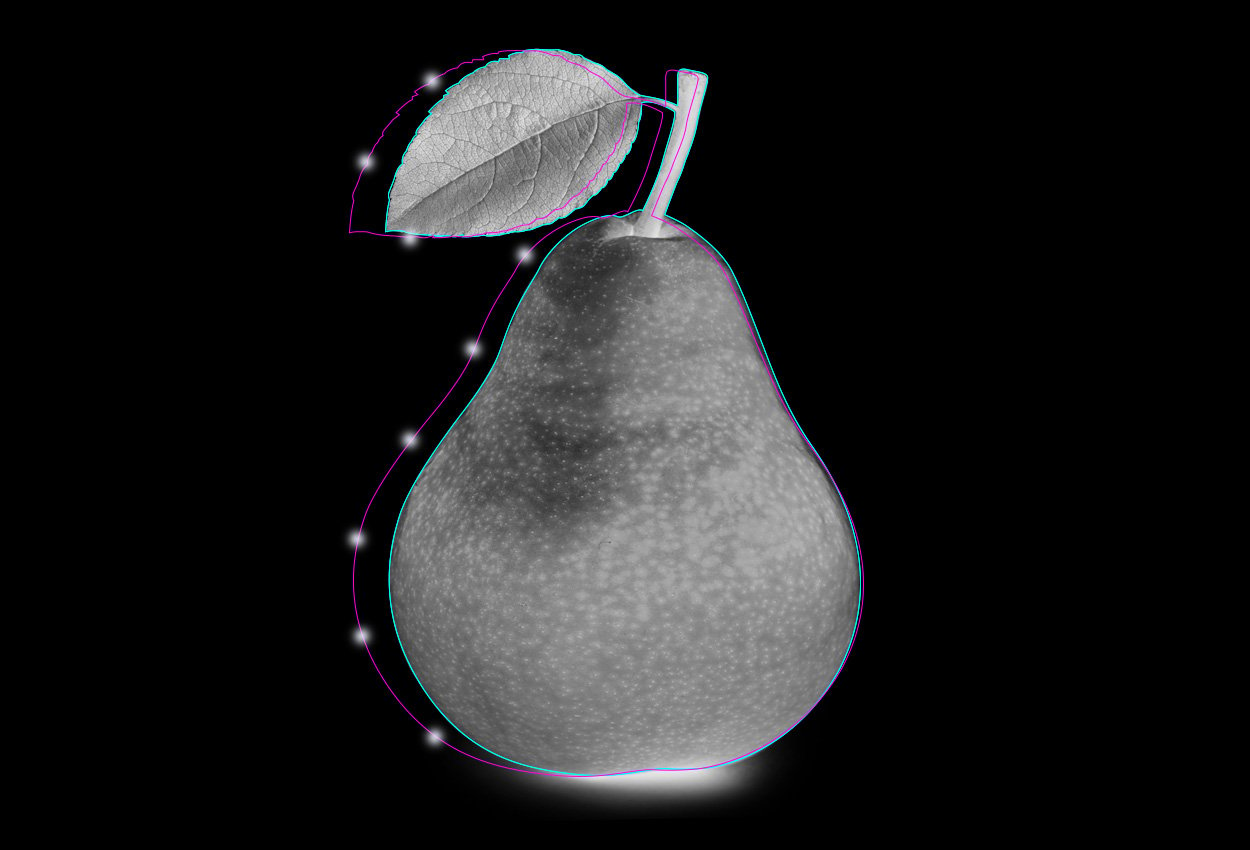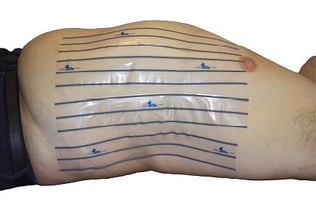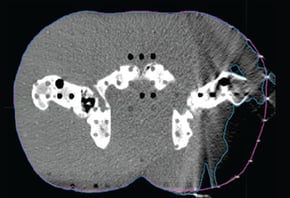
Obesity in the United States is a common, serious, and costly disease. More than 40% of US adults and 19% of US children ages 2 -17 have obesity and those numbers continue to rise year after year. According to the Centers for Disease Control (CDC), from 1999 through March 2020, obesity prevalence in American adults increased from 30.5% to 41.9%. During the same time, the prevalence of severe obesity increased from 4.7% to 9.2%.
Obesity has serious health consequences including increased risk for type 2 diabetes, high blood pressure, stroke and many types of cancers. The CDC reports that 55% of all cancers diagnosed in women and 24% of those diagnosed in men are associated with overweight and obesity. Obese patients present a challenge to imaging departments across the country regarding the ability to obtain diagnostic quality images and to perform image-guided interventions.
A 2018 article by Raul N Uppot, MD, states that these "challenges include properly accommodating large patients on imaging equipment, adjusting equipment settings to address imaging limitations, and pre-planning and preparation for image-guided interventions to insure safe and successful outcomes."
Even bariatric scanners have their limit when it comes to field of view
Some imaging departments have had to purchase wide bore CT scanners to better  accommodate the increasing body habitus of their patient population, but even with the addition of that expensive equipment, many patients still fall outside of the standard field of view (sFOV) into the extended field of view (eFOV).
accommodate the increasing body habitus of their patient population, but even with the addition of that expensive equipment, many patients still fall outside of the standard field of view (sFOV) into the extended field of view (eFOV).
In those cases, radiotherapists are forced to utilize often inaccurate methods of eFOV body contouring including guessing the body contour, relying on software to reconstruct an image, or scanning a patient multiple times and then fusing the images.
Obese patients at greater risk for higher doses of radiation
These strategies for dealing with image distortion can be harmful to the patient and lead to improper treatment doses.
Displacement of just 1-5 cm into the eFOV can result in distortions of up to 15% of the CT slice area, which is why guessing the body contour is very risky. Image reconstruction software makes distorted regions appear clearer but does not improve the accuracy of the resulting contour and taking multiple scans in order to fuse them exposes patients to unnecessary x-ray radiation.
Obese patients already receive more than double the amount of radiation than that of an average weight patient due to the increased amount of tissue to be imaged.
To illustrate the risk of increased radiation to obese patients in CT treatment planning, a lead radiation therapist based in Tucson, AZ, described their process for getting good images of their larger patients in CT.
"We were scanning patients multiple times, usually 2 to 3, in order to get the entire external contour. This usually meant that the patient was scanned centered on the table, then shifted to the left and scanned again, and then shifted to the right and scanned another time. Once in our planning system, we then had to fuse the images together to create the full external contour."
Body contour tape for radiotherapy helps eliminate guesswork and multiple scans
X-Line™ body contour tape for radiotherapy is a simple alternative for determining true body  contour to image reconstruction software, fusing multiple CT scans, or just plain guesswork.
contour to image reconstruction software, fusing multiple CT scans, or just plain guesswork.
A fully adhesive transparent tape, X-Line is applied to those regions of the body that fall outside the scan field of view (sFOV), but are still within the extended field of view (eFOV) of your CT simulator.
X-Line’s three radiopaque lines create hyperdense dots in CT image slices making it easy to identify the true body contour. Simply connect the dots on the image to accurately delineate the external body contour of obese patients in the extended field of view (eFOV).
A dosimetrist based in Elizabeth City, NC, raved about how well X-Line body contour tape for radiotherapy works with larger patients who would typically be 'clipped' on the CT.
"Often, as dosimetrists, we are left to guess or estimate where the actual body contour falls on those patients; but this product takes the guesswork away. The radiopaque lines in the X-Line body contour tape can be seen outside of the normal field of view on the scan, which allows for basically a larger field of view. I highly recommend it for improved accuracy in treatment planning of larger patients."
Saves time, improves quality of care in radiation therapy
Although it takes a little extra time to place X-Line body contour tape on the patient, it can significantly cut down on the time therapists spent on moving patients and realigning them on the CT couch, according to the Lead radiation Therapist we spoke to in Tucson.
"It does take a little extra time placing X-Line on the patient, but that time spent definitely decreases patient radiation exposure and improves quality of care. X-Line also allows our planning department to create better plans, such as IMRT vs. 3D, in which they are able to see the full external contour. Before using X-Line, there were times that dosimetry had to avoid certain angles when planning IMRTs because they didn’t have the full external contour."
A radiation oncology manager in Lisle, IL, described a specific case in which X-Line body contour tape for radiotherapy positively impacted a patient’s treatment. "We treated an amputee with a sarcoma at the end of the amputated leg. The patient also had a large non-cancerous growth growing from his abdomen and due to the patient’s size, he was unable to position through the scanner and still get the entire leg/treatment site in the scan without getting scatter off of the leg. X-Line helped delineate the skin surface and allowed us to get the patient through the scanner in the ideal position and get better visibility of the treatment site."
If you would like to learn more about how X-Line body contour tape for radiotherapy can help you obtain a more accurate body contour when treatment planning for obese patients, contact your Beekley Medical Radiation Therapy Account Manager at 1.800.233.5539 or email info@beekley.com.
Related articles:

Beth Kyle
Product Manager
